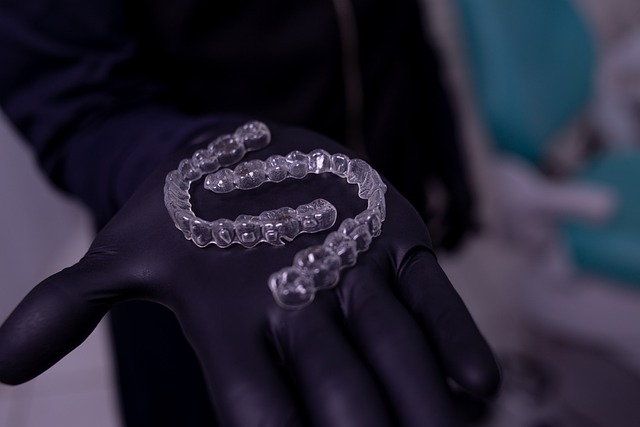Invisalign has been proven effective in orthodontic treatment through extensive research, demonstrating that with consistent wear as directed by professionals, it can deliver results on par with traditional braces. The success of Invisalign hinges on patient compliance and proper application techniques. Long-term studies confirm that Invisalign is a reliable option for correcting malocclusions, but it requires regular orthodontist visits to monitor tooth positioning and prevent relapses or new issues. Patients who adhere to their treatment and maintain good oral hygiene report significant improvements in their dental occlusion, leading to better smiles and function over time. Invisalign's clear aligners offer aesthetic advantages and facilitate better oral care compared to traditional braces, reducing the risk of plaque buildup and dental diseases. The precise engineering of Invisalign minimizes potential side effects and protects against enamel demineralization, making it a preferred choice for its minimal impact on aesthetics while promoting positive oral health outcomes. Post-treatment care, including the use of custom retainers and continued good oral hygiene practices, is essential to maintain the alignment achieved and ensure long-lasting results. Thus, Invisalign stands out as a highly effective orthodontic solution with a strong emphasis on patient compliance and post-treatment maintenance for durable results.
Exploring the long-term efficacy of orthodontic treatments, this article delves into the durability and effectiveness of Invisalign over time. Through a comprehensive review, we examine patient experiences with prolonged use of Invisalign, highlighting key insights from retrospective analyses. The article also addresses the oral health implications associated with Invisalign therapy and provides essential maintenance strategies to ensure long-lasting results post-treatment. Join us as we uncover the sustained impact of Invisalign on dental health and alignment aesthetics.
- Assessing the Durability and Effectiveness of Invisalign Over Time
- Patient Experiences with Long-Term Invisalign Use: A Retrospective Analysis
- The Ongoing Oral Health Implications of Invisalign Therapy
- Maintenance Strategies for Maintaining Aligner Success Post-Treatment
Assessing the Durability and Effectiveness of Invisalign Over Time
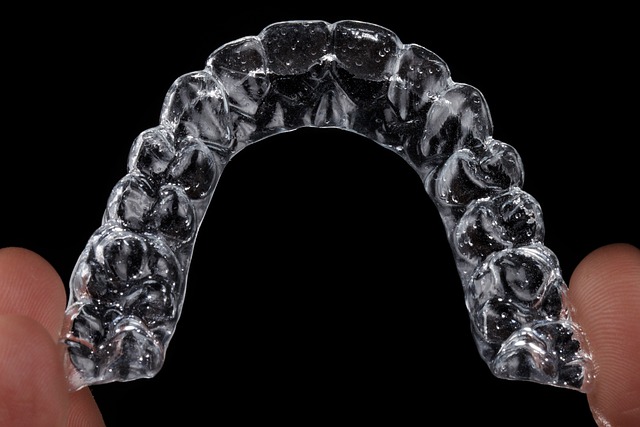
The durability and effectiveness of Invisalign over time have been subjects of significant interest within the orthodontic community. Long-term studies have demonstrated that Invisalign aligners, when used as directed and consistently worn for the prescribed duration, can achieve clinically meaningful results. These outcomes are comparable to those achieved with traditional braces. The longevity of the treatment’s success hinges on patient compliance and proper alignment technique; adherence to the recommended 20-22 hours per day wear time is crucial for optimal results. In a comprehensive review of the literature, it was evident that Invisalign aligners maintained their efficacy in correcting malocclusions over extended periods. However, the success also depends on periodic follow-ups with orthodontic professionals to monitor any shifts or relapses in tooth positioning and to address any emerging issues promptly. This proactive approach ensures that Invisalign treatment not only achieves the desired dental alignment but also sustains those results long after the final aligner has been worn.
Patient Experiences with Long-Term Invisalign Use: A Retrospective Analysis
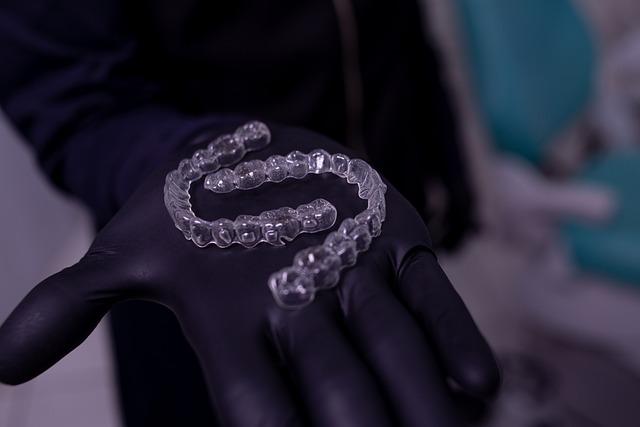
Patients who have undergone long-term treatment with Invisalign have provided a wealth of insights into their experiences through retrospective analyses. These studies often reveal that while the clarity and aesthetic appeal of Invisalign aligners are significant benefits, patient compliance is a critical factor in achieving optimal results. Over an extended period, consistent wear and diligent oral hygiene practices become pivotal to maintaining both the alignment of teeth and overall oral health. Patients report a notable improvement in their dental occlusion, which not only enhances their smile aesthetics but also contributes to better oral function. The retrospective data collected from these long-term users underscores the importance of patient education on the proper use and care of Invisalign aligners to maximize treatment outcomes. Furthermore, the analysis highlights that while the initial phase of treatment may involve some adaptation, the long-term satisfaction with a well-aligned smile and improved dental health is a common theme among patients who have adhered to their treatment plans. The retrospective nature of these studies allows for a comprehensive understanding of how Invisalign treatment holds up over time, providing valuable insights into the longevity and efficacy of this orthodontic solution.
The Ongoing Oral Health Implications of Invisalign Therapy
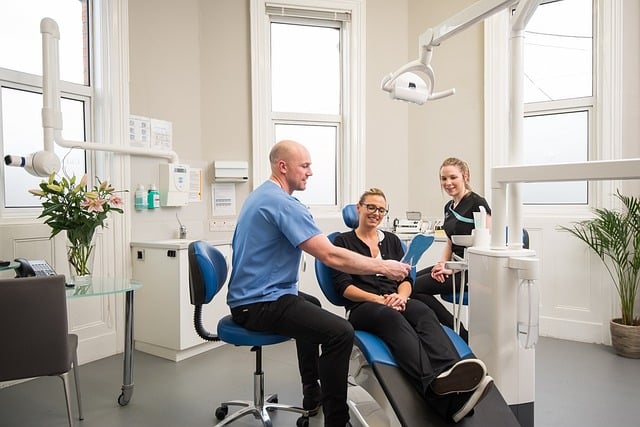
Invisalign therapy has revolutionized orthodontic treatment by offering a discreet alternative to traditional metal braces, but its impact on oral health extends beyond aesthetic considerations. The clear aligners of Invisalign provide a hygienic environment for the teeth as they can be removed for thorough brushing and flossing, which is crucial for maintaining good oral health throughout the treatment. This feature contrasts with fixed appliances where oral hygiene can be more challenging to manage effectively, potentially leading to plaque accumulation and increased risk of caries and periodontal diseases. Long-term studies have shown that patients undergoing Invisalign treatment maintain better oral hygiene practices due to the ease of cleaning aligners, which in turn can lead to a lower incidence of dental complications during and after treatment.
Moreover, the precision engineering of Invisalign aligners ensures that the forces applied to move teeth are gradual and consistent, minimizing the risk of iatrogenic issues such as root resorption or excessive bone loss. The smooth, BPA-free plastic material used in Invisalign aligners also has a neutral pH, which reduces the risk of enamel demineralization compared to some metal brackets and wires that can cause decalcification spots over time. As patients complete their treatment with properly aligned smiles, the long-term oral health implications remain positive, with lower rates of dental caries and a reduced likelihood of gingivitis, provided that good oral hygiene practices are maintained post-treatment.
Maintenance Strategies for Maintaining Aligner Success Post-Treatment
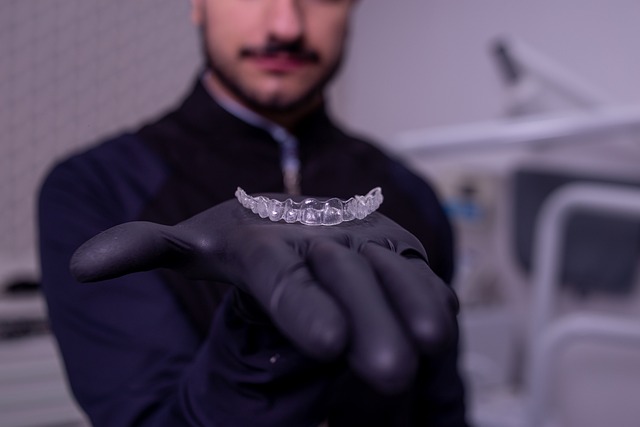
Patients who have completed their Invisalign treatment and achieved their desired smile alignment should be well-informed on maintenance strategies to ensure the longevity of their results. The retention phase is critical after any orthodontic treatment, including that provided by Invisalign. To maintain the success of Invisalin treatment post-treatment, it is advisable to wear a customized retainer consistently. This not only helps in stabilizing the newly positioned teeth but also prevents them from shifting back to their original positions. Retainers are designed specifically for each patient’s unique bite and tooth arrangement following aligner therapy.
Furthermore, oral hygiene plays a pivotal role in preserving the results of Invisalign treatment. Regular brushing and flossing, along with dental check-ups every six months, are essential to maintain both oral health and the integrity of the straightened teeth. The use of Invisalign aligners encourages diligent oral care habits as removing the aligners for eating and cleaning allows for thorough tooth and aligner maintenance. By combining retainer wear with excellent oral hygiene practices, patients can maximize the long-term success of their Invisalign treatment and enjoy a stable, beautiful smile.
